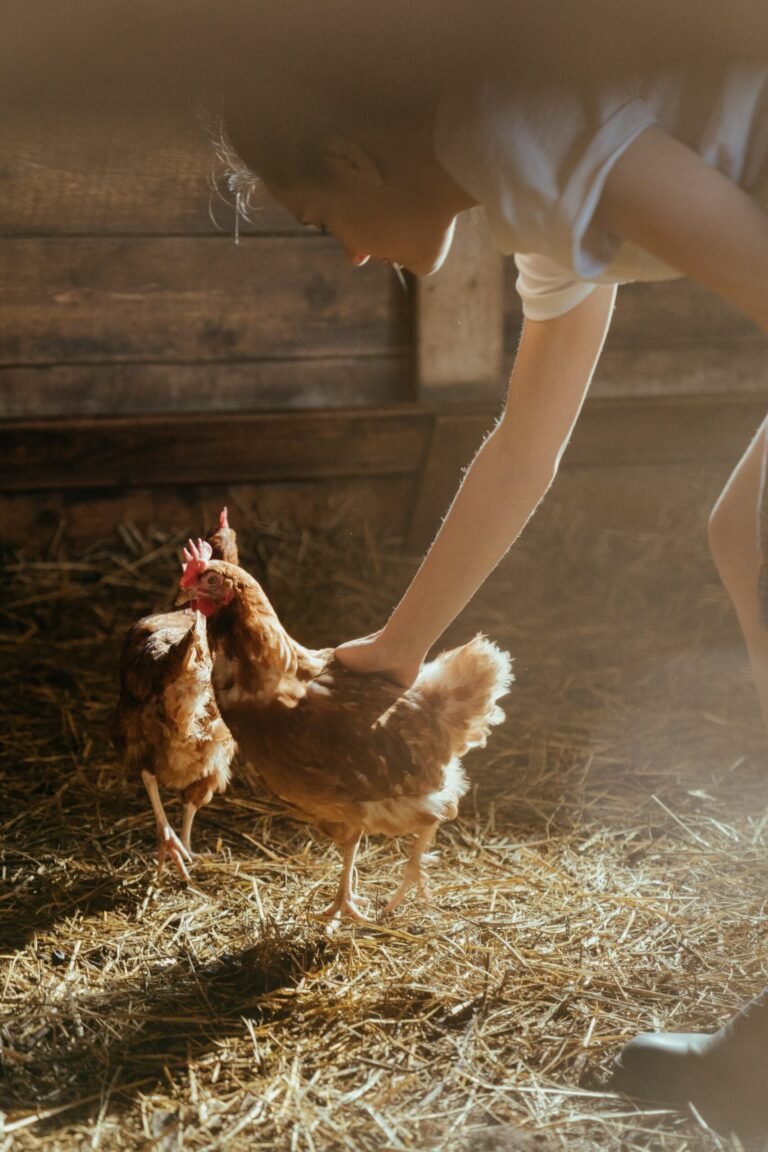Essential Steps for Starting Your Homestead
Embarking on a homesteading journey is an exciting and fulfilling endeavor that connects you with nature, promotes a sustainable lifestyle, and provides a sense of accomplishment. Whether you’re dreaming of a rural escape or a self-sufficient backyard in the city, here are the essential steps to start your homestead.
Define Your Homesteading Goals
- Identify Your Objectives: Understand why you want to homestead. Is it for self-sufficiency, to live a more sustainable life, or perhaps to provide organic food for your family? Your goals will shape your homestead.
- Set Realistic Expectations: Be realistic about what you can achieve, especially in the beginning. Homesteading is a gradual process that evolves over time.
Plan Your Space
- Assess Your Land: Whether it’s a large plot or a small backyard, understanding your land is key. Test the soil, note sun patterns, and consider water sources.
- Start Small: Begin with manageable projects like a small vegetable garden or a few chickens, and gradually expand as you gain confidence and experience.
Educate Yourself
- Learn Constantly: Read books, attend workshops, join online forums, and connect with local homesteaders. Knowledge is a crucial tool in your homesteading journey.
- Develop Skills: From gardening and animal husbandry to carpentry and preserving food, homesteading involves a variety of skills. Don’t be afraid to start learning and practicing them.
Budget and Financial Planning
- Create a Budget: Understand the initial costs of setting up and the ongoing expenses. Plan for unexpected costs as well.
- Look for Sustainable Solutions: Find ways to reuse materials, barter with neighbors, or sell your produce to offset costs.
Build Your Infrastructure
- Essential Structures: Depending on your goals, you may need a chicken coop, a greenhouse, or storage sheds. Build as per your needs and budget.
- Energy and Water: Consider sustainable options like rainwater harvesting systems and solar panels.
Grow Your Own Food
- Plan Your Garden: Choose crops that suit your climate and soil. Start with easy-to-grow vegetables and herbs.
- Preserve Your Harvest: Learn canning, freezing, and drying to preserve your surplus produce.
Raise Animals (If Applicable)
- Start with Easy Animals: Chickens or rabbits can be a good start for beginners. They require relatively less space and care.
- Understand Animal Care: Ensure you are knowledgeable about the care and management of any animals you intend to keep.
Embrace the Homesteading Community
- Connect with Like-Minded Individuals: Share experiences, seek advice, and offer help. The homesteading community is known for its supportive and sharing nature.
- Document Your Journey: Consider keeping a blog or journal. This not only helps you track your progress but also inspires others.
Conclusion
Starting a homestead is a journey of discovery, learning, and connection with nature. It’s a path that requires patience, hard work, and resilience, but the rewards are immense. You’ll grow not just food, but also your skills, knowledge, and a deeper appreciation for the simple things in life. Remember, every big homestead started as a small one, so take that first step and watch your homestead dreams come to life.

